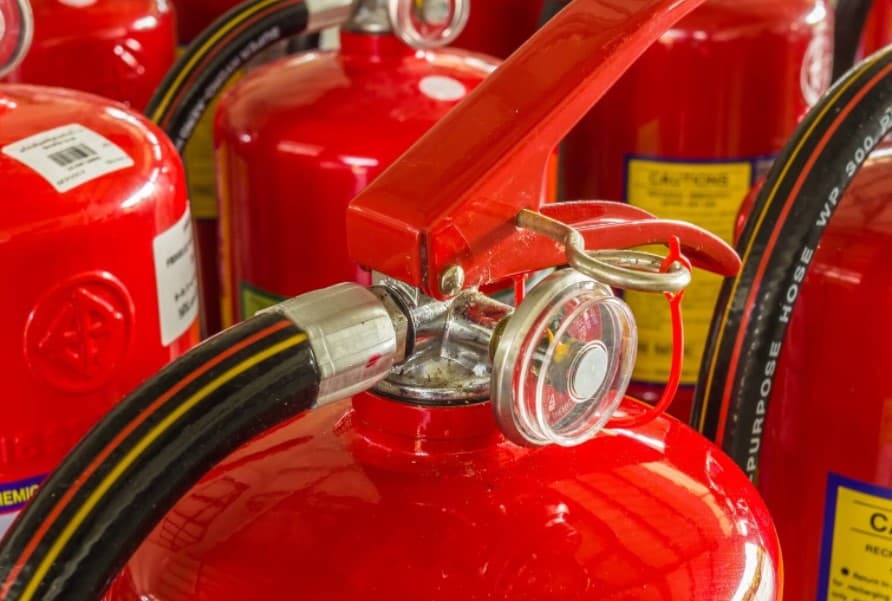October is Fire Prevention Month

Learn The Sounds of Fire Safety
By Jason Jones
Messenger Reporter
EAST TEXAS – October is Fire Prevention Month. The goal of Fire Prevention Month is to raise fire safety awareness and help ensure your home and family is protected. In 1922, the National Fire Protection Association (NFPA) named the second week of October Fire Prevention Week in commemoration of the Great Chicago Fire in 1871. Today, we celebrate Fire Prevention Week and Month by raising fire safety awareness and educating families, students and communities across the United States. During this month, fire departments provide education to their communities, and encourage parents and loved ones to practice fire prevention and whole home safety.
This year’s campaign, “Learn the Sounds of Fire Safety!” works to educate everyone about the different sounds the smoke and carbon monoxide alarms make. Knowing what to do when an alarm sounds will keep you and your family safe. When an alarm makes noises – a beeping sound or a chirping sound – you must take action.
Smoke alarms sense smoke well before you can, alerting you to danger. In the event of fire, you may have as little as 2 minutes to escape safely, which is why smoke alarms need to be in every bedroom, outside of the sleeping areas (like a hallway), and on each level. Do not put smoke alarms in your kitchen or bathrooms.
Carbon monoxide is an odorless, colorless gas that displaces oxygen in your body and brain and can render you unconscious before you even realize something is happening to you. Without vital oxygen, you are at risk of death from carbon monoxide poisoning in a short time. CO alarms detect the presence of carbon monoxide and alert you so you can get out, call 9-1-1, and let the professionals check your home.
Fire Prevention month is the perfect time to educate and talk with your whole family about fire safety – include testing alarms, changing the batteries or upgrading to 10-year sealed battery alarms, how to use a fire extinguisher and escape route planning.
- 3 of every 5 home fire deaths resulted from fires in homes with no working smoke alarms
- Less than 50% of homeowners have an escape plan
- Carbon monoxide (CO) is the number 1 cause of accidental poisoning in the US
- 60% of consumers do not test their smoke and CO alarms monthly
- Only 47% of people report having CO alarms in their home
- Just 43% of homeowners have an escape plan
- Unattended cooking is the number 1 cause of home fires
Fire extinguishers should also be placed on every level of the home, especially in the kitchen and garage.
For more information on Fire Prevention Week/Month, visit www.nfpa.org
Jason Jones may be reached vis email at [email protected]






